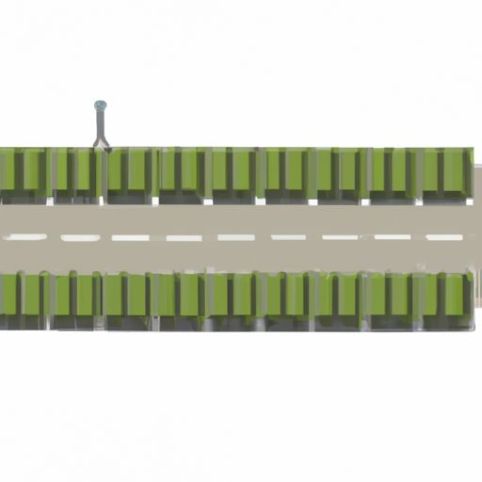Table of Contents
The Impact of Barriers on Highway Noise Pollution
Highways are essential for transportation and commerce, but they also bring with them a significant amount of noise pollution. The constant roar of traffic can be disruptive to nearby communities, affecting residents’ quality of life and overall well-being. In an effort to mitigate this noise pollution, barriers have been erected along highways to help reduce the sound Levels that reach surrounding areas.
 One of the most common types of barriers used to combat highway noise pollution is the sound wall. These walls are typically made of concrete or other sound-absorbing materials and are designed to block or absorb the sound waves generated by passing vehicles. By placing these barriers between the highway and nearby homes or businesses, the impact of the noise on the surrounding area can be significantly reduced.
One of the most common types of barriers used to combat highway noise pollution is the sound wall. These walls are typically made of concrete or other sound-absorbing materials and are designed to block or absorb the sound waves generated by passing vehicles. By placing these barriers between the highway and nearby homes or businesses, the impact of the noise on the surrounding area can be significantly reduced.
However, while sound walls are effective at reducing noise levels, they can also have unintended consequences. For example, some residents have reported feeling isolated or cut off from their communities by the presence of these barriers. In some cases, the walls can create a visual barrier that separates neighborhoods and disrupts the natural flow of the landscape.
Another potential downside of sound walls is their cost. Building and maintaining these barriers can be expensive, and the financial burden is often passed on to taxpayers. In some cases, the cost of constructing a sound wall may outweigh the benefits in terms of noise reduction, leading to questions about the cost-effectiveness of these structures.
In addition to sound walls, other types of barriers have been used to combat highway noise pollution. For example, noise barriers made of vegetation, such as trees and shrubs, can help absorb sound waves and reduce noise levels. These natural barriers can be more aesthetically pleasing than concrete walls and can also provide other environmental benefits, such as improving air quality and providing habitat for wildlife.
Another innovative approach to reducing highway noise pollution is the use of noise-reducing pavement. This type of pavement is designed to absorb sound waves and reduce the noise generated by passing vehicles. While more research is needed to fully understand the effectiveness of noise-reducing pavement, early studies have shown promising results in reducing highway noise levels.
Overall, barriers play a crucial role in mitigating highway noise pollution and improving the quality of life for residents living near busy roadways. While there are some drawbacks to consider, such as cost and visual impact, the benefits of reducing noise pollution cannot be overstated. As technology continues to advance, new and innovative solutions to highway noise pollution will likely emerge, providing even more options for communities looking to combat this pervasive issue.
